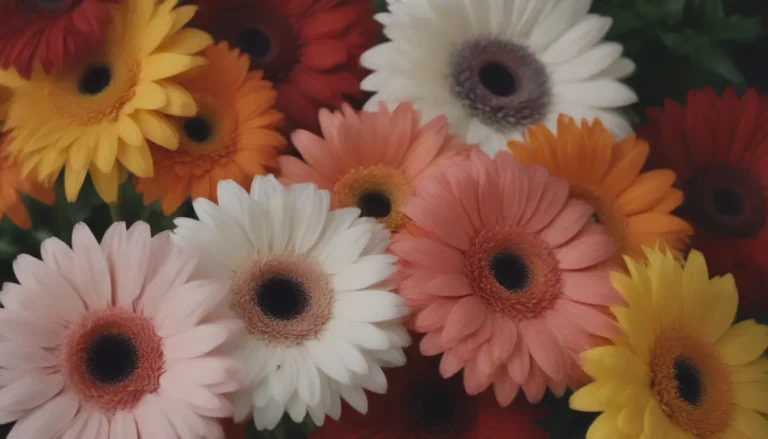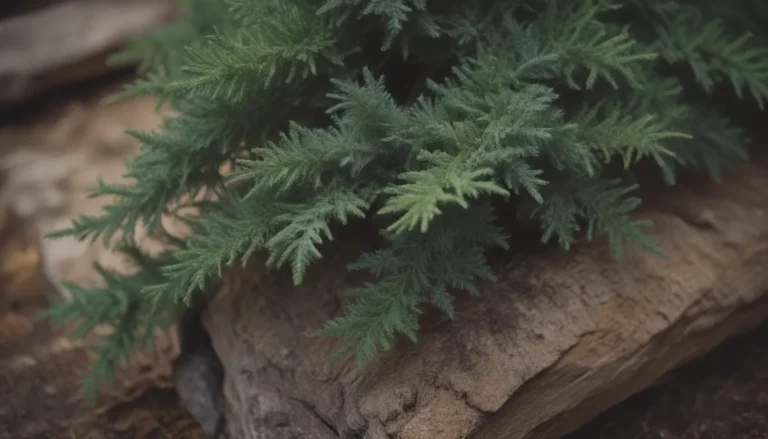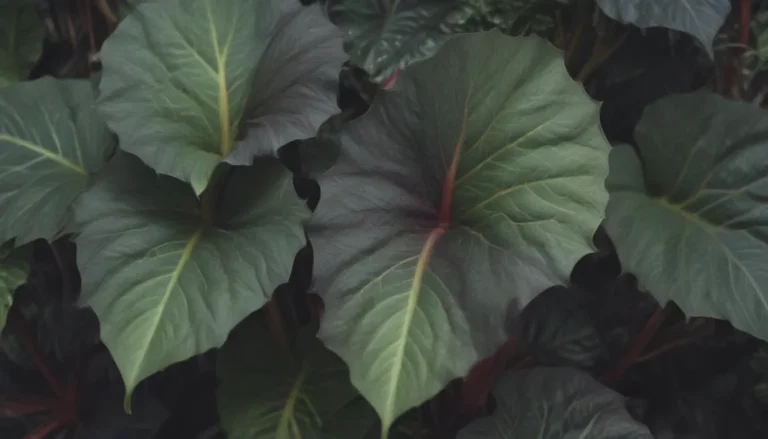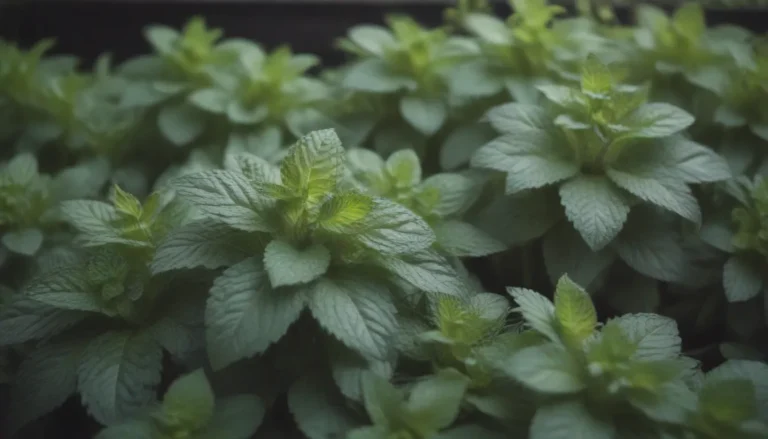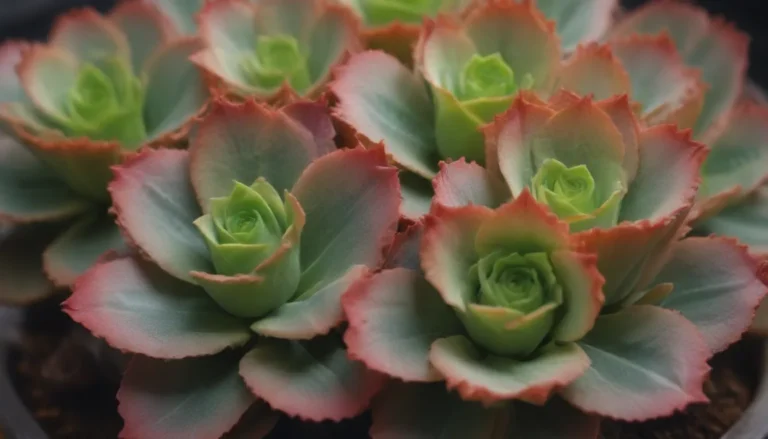Ultimate Guide to Growing and Caring for Verbena Plants
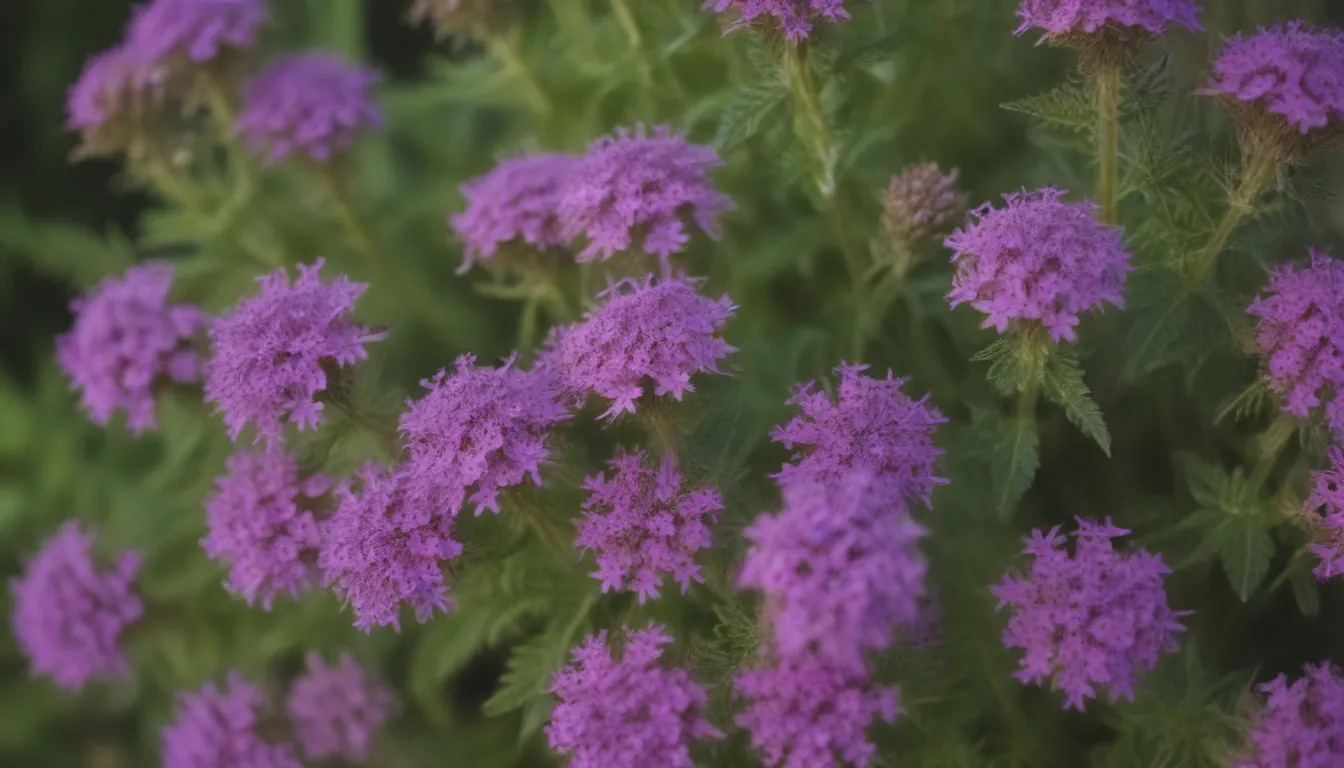
Welcome to the ultimate guide on how to grow and care for verbena plants. Whether you’re a seasoned gardener or just starting out, verbena plants, also known as vervain, are a beautiful addition to any garden. In this in-depth article, we’ll cover everything you need to know about these charming plants, from planting and care tips to troubleshooting common problems. So grab your gardening gloves and let’s get started!
What are Verbena Plants?
Verbena plants are commonly grown as annual hybrid flower bed plants or low trailers with dark green elongated leaves with toothed edges. They are hardy perennials that thrive in zones 8 to 11, coming back year after year. Known for their colorful flowers that bloom continuously from spring to fall, verbena plants require eight to ten hours of full sun, moderately moist, well-drained soil, and good air circulation between plants for optimal growth.
How to Grow Verbena
Planting
- Plant verbena in full sun, as they require at least six hours of sunlight daily.
- Ensure the soil is well-draining with a slightly acidic to neutral pH.
- Water the plants regularly until established, then reduce watering to 1/2 to 1 inch per week.
- Verbena plants are not heavy feeders, but a monthly application of balanced, slow-release fertilizer can help maintain blooming.
Types of Verbena
- Verbena hybrids: Commonly grown as annuals, these hybrids bloom profusely in various colors.
- Species Types: Pure verbena species like V. hastata and lemon verbena offer unique characteristics for gardeners.
Pruning
- Prune verbena plants several times during the growing season to encourage new blooms and maintain tidy growth.
- Deadheading spent flowers can also promote additional blooming.
Propagation
- Propagate hybrid verbena plants by stem cuttings for overwintering and continued growth.
- Purchase commercial seeds for propagation as hybrids may not grow true from seeds.
Potting and Repotting
- Use a general-purpose potting mix in well-draining containers for verbena plants.
- Potted verbenas can be overwintered indoors for continued growth through the winter months.
- Properly care for potted verbena to ensure longevity and vibrant blooms.
Common Pests & Plant Diseases
- Verbena plants are susceptible to powdery mildew and common insect pests like aphids and mites.
- Maintain good air circulation and avoid overhead watering to reduce the risk of fungal infections.
- Treat insect infestations with insecticidal soaps and monitor plant health regularly.
Tips for Encouraging Blooms
- Provide verbena plants with plenty of sunlight, well-draining soil, and regular feeding for optimal blooming.
- Deadhead spent flowers to promote continuous blooming throughout the growing season.
- Verbena plants typically bloom from May to October, with flowers lasting two to three weeks.
Troubleshooting Common Problems
- Monitor watering habits to prevent issues like plant dry-up, legginess, and wilting.
- Address root rot by inspecting roots, reducing watering frequency, and applying fungicide as needed.
- Observe plant growth and adjust care practices to encourage healthy, vibrant verbena plants.
Whether you’re a beginner gardener or a seasoned pro, growing and caring for verbena plants can add beauty and vibrancy to your garden. With the right care and attention, these charming plants will reward you with continuous blooms and lush foliage year after year. So roll up your sleeves, grab your gardening tools, and let your verbena plants thrive in the sun!
